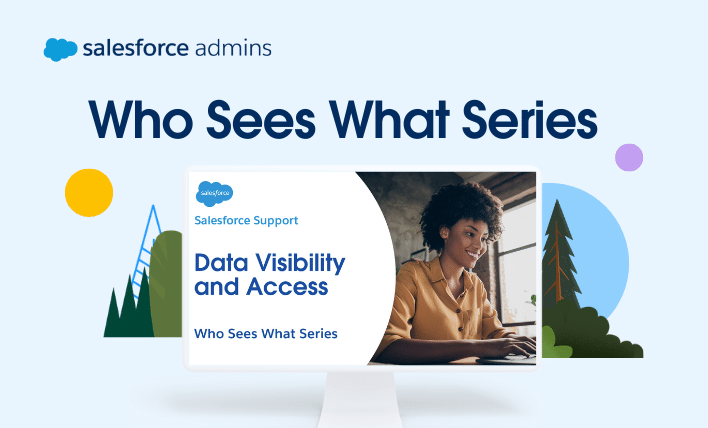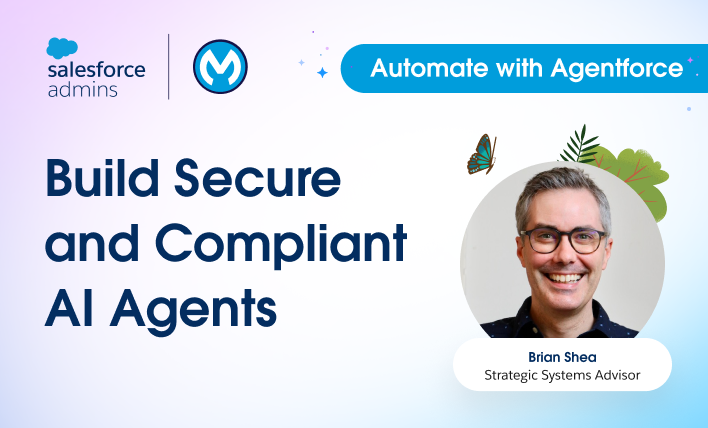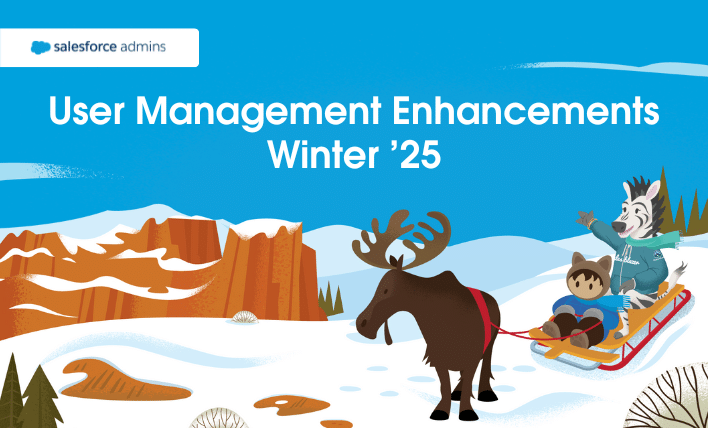Join us and discover the new Spring ’23 release features for admins and developers. We know each release brings with it lots of amazing new functionality and there can be a lot to digest. With Learn MOAR, we’re packaging the release and bringing it to you in an easy-to-digest format with blogs, videos, and more. […]






